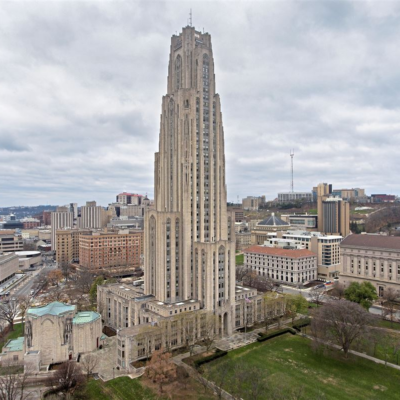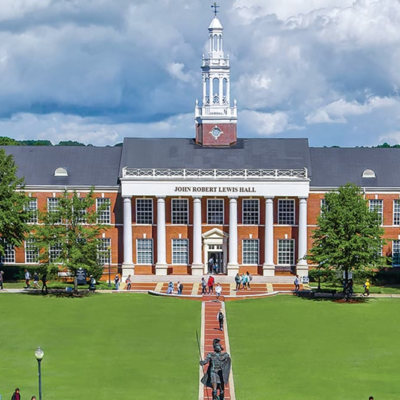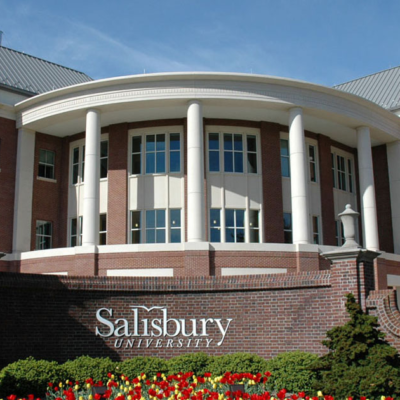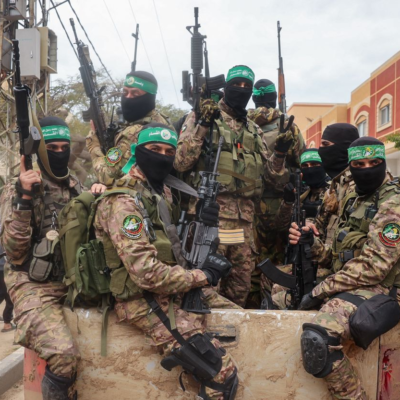On August 6, 2025, the world marked the 80th anniversary of the Hiroshima bombing, a tragic and pivotal moment in human history. But shockingly, the Smithsonian Institution, America’s most prominent museum and research complex, chose not to commemorate the day in any meaningful way.
There were no major events, exhibitions, or public acknowledgments related to the nuclear bombings of Hiroshima and Nagasaki, which killed over 200,000 people, many of them civilians. This silence from a major historical institution has raised deep concerns among scholars, peace advocates, survivors’ families, and global citizens about how we choose to remember—or ignore—our darkest past.
Why the Hiroshima and Nagasaki Bombings Matter
The atomic bombings of Hiroshima and Nagasaki in August 1945 are not just pages in a history book. They are living memories for the thousands of survivors (hibakusha), and they carry global significance as reminders of the dangers of nuclear warfare.
August 6, 1945: The U.S. dropped the first atomic bomb on Hiroshima.
August 9, 1945: A second bomb was dropped on Nagasaki.
Immediate deaths: Estimated 140,000 in Hiroshima and 74,000 in Nagasaki.
Long-term effects: Radiation poisoning, cancer, birth defects, and emotional trauma.
Every year, memorials around the world remember the lives lost and the lesson learned: nuclear weapons must never be used again. The Smithsonian ignoring the Hiroshima anniversary sends the wrong message at a time when nuclear tensions are rising globally.
A History of Controversy: Smithsonian and the Atomic Bomb
This is not the first time the Smithsonian Institution has been accused of mishandling the legacy of the atomic bombings.
In 1995, for the 50th anniversary of the bombings, the Smithsonian’s National Air and Space Museum planned an exhibition around the Enola Gay, the aircraft that dropped the bomb on Hiroshima. The exhibit was supposed to show not only the plane but also the devastation in Hiroshima, including personal stories and photographs.
However, political pressure from veterans’ groups and some lawmakers led to the removal of critical context. The final exhibit focused on the technological achievement of the aircraft, excluding the human cost of the bombing.
That incident left a lasting scar on how the United States presents its atomic history—and now, 80 years later, the Smithsonian seems to have repeated its mistake, this time by choosing silence over sensitivity.
Voices of Concern and Disappointment
The omission of the Hiroshima and Nagasaki anniversaries from the Smithsonian’s events calendar has drawn widespread criticism.
Survivors and Their Families
Many hibakusha and their descendants feel ignored and erased by the silence.
“My grandfather lived through Hiroshima. He died of cancer from radiation. The Smithsonian ignoring Hiroshima anniversary feels like they’re saying his pain didn’t matter,” said Aiko Tanaka, a third-generation Japanese-American.
Historians and Scholars
Academics warn that not addressing nuclear history properly risks a dangerous level of historical amnesia.
“The Smithsonian has a duty to educate, not to sanitize. Ignoring Hiroshima on the 80th anniversary is a missed opportunity to foster reflection and global dialogue,” said Dr. Michael Greene, a history professor at Georgetown University.
Peace Activists and NGOs
Organizations working on nuclear disarmament, like the International Campaign to Abolish Nuclear Weapons (ICAN) and Peace Boat, have also expressed dismay.
“This is not just an American issue. Hiroshima and Nagasaki are global events. The Smithsonian’s silence dishonors the call for peace,” said Maria Keller, ICAN spokesperson.
Why This Matters More Than Ever in 2025
In 2025, nuclear weapons are once again making headlines:
North Korea is increasing its missile tests.
Russia’s invasion of Ukraine has revived Cold War-era fears.
The U.S. is investing billions in modernizing its nuclear arsenal.
New AI-powered drone and missile systems bring added danger.
At such a critical time, institutions like the Smithsonian should be leading public education, not avoiding uncomfortable truths. Ignoring the Hiroshima anniversary removes a key moment for reflection about how close the world is to another nuclear disaster.
What Should the Smithsonian Have Done?
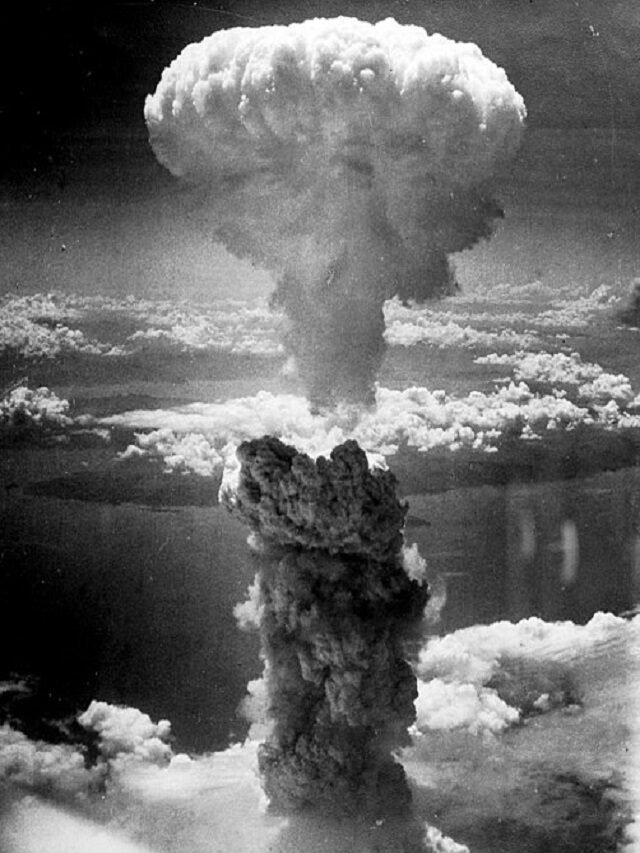
Commemorating Hiroshima and Nagasaki doesn’t mean blaming or shaming. It means acknowledging history honestly, and learning from it.
Here’s what the Smithsonian could have done:
- Hosted a special exhibition featuring survivor stories, historical photographs, and new research
- Conducted public lectures or panel discussions with historians, veterans, and peace advocates
- Partnered with Japanese museums and organizations to create a cross-cultural exchange
- Used digital platforms to reach younger audiences with documentaries or interactive learning tools
- Issued a simple public statement of remembrance, showing empathy and awareness
These actions would have honored both American history and global humanity.
Public Response and Backlash
On social media, the silence was quickly noticed.
#Hiroshima80 and #RememberHiroshima trended globally on X (formerly Twitter)
Thousands of users tagged the Smithsonian demanding answers
Petitions have begun circulating, asking the museum to hold a belated commemoration or issue a statement
One user wrote:
“The Smithsonian ignoring Hiroshima on the 80th anniversary is like ignoring Pearl Harbor on December 7th. Both were tragedies. Both deserve remembrance.”
The Responsibility of Museums and Institutions
Museums are not just places to showcase cool artifacts. They are guardians of public memory. They help societies understand where they’ve been, so they can decide where to go.
By ignoring the Hiroshima anniversary, the Smithsonian sends a message—intentional or not—that some history is too inconvenient to confront.
But the truth is: healing only happens through acknowledgment. Remembering Hiroshima and Nagasaki doesn’t weaken American patriotism—it strengthens global responsibility.
Moving Forward: How Can We Honor the 80th Anniversary?
Even if the Smithsonian chose silence, individuals, educators, and other organizations can still make sure the anniversary is not forgotten.
Here’s how you can help:
- Watch documentaries like White Light/Black Rain or Hiroshima: Out of the Ashes
- Attend or organize virtual memorials
- Read books written by survivors like Barefoot Gen or Hiroshima by John Hersey
- Share survivor stories on social media
- Support peace initiatives and organizations working toward nuclear disarmament
Final Thoughts: A Missed Opportunity, But Not Too Late
The Smithsonian ignoring Hiroshima anniversary on such a significant year is more than just a public relations mistake. It’s a loss for historical education, a failure of empathy, and a missed opportunity to promote peace in a world that sorely needs it.
But it’s not too late.
The Smithsonian can still acknowledge this oversight, create meaningful content, and join the world in honoring the memory of those who suffered and died.
Because remembering Hiroshima and Nagasaki is not about dwelling in guilt—it’s about shaping a future where nuclear war never happens again.
Do Follow USA Glory On Instagram
Read Next – Greg Abbott Orders Arrest of Democrats Over Walkout


